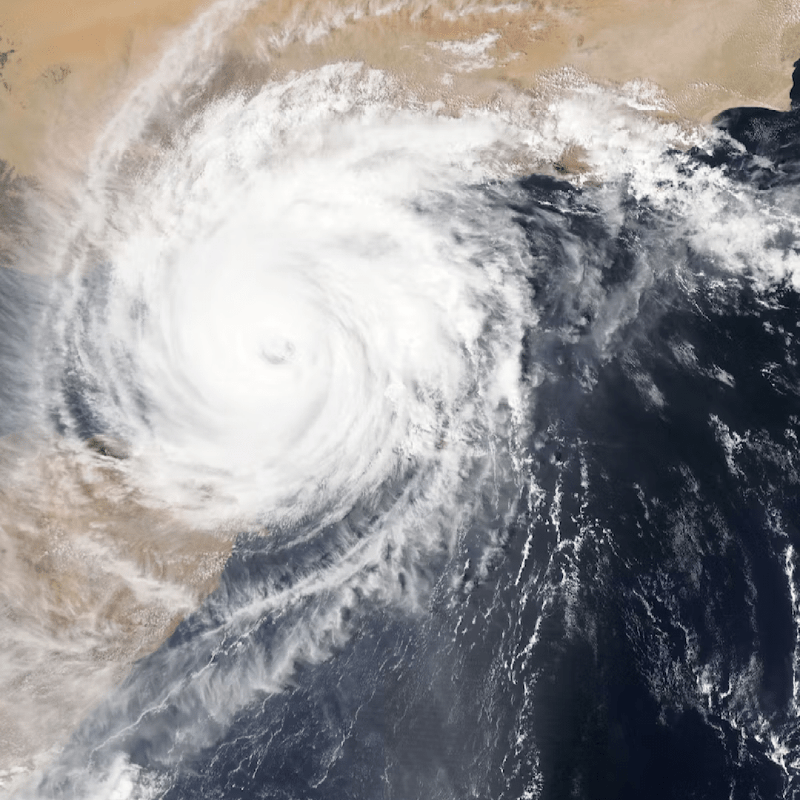
Europe:
- History & System: The practice of naming storms in Europe is relatively recent compared to the USA. It began in the 1950s for the North Atlantic storms and was more widely adopted in the 21st century. Various national meteorological agencies across Europe are responsible for naming storms. For instance, the UK’s Met Office, Ireland’s Met Éireann, and the Netherlands' Royal Netherlands Meteorological Institute collaborate to name storms that impact their regions. The current naming system is in place since 2014 and season 2023-2024 is the ninth European windstorm season.
- Criteria for Naming: In Europe, storms are usually named when they are forecast to cause impacts that may lead to amber or red weather warnings. This is different from the tropical storm naming convention used in the USA.
- Public Involvement: Some European countries involve the public in the naming process, allowing citizens to suggest names.
USA:
- History & System: The USA began naming storms in the early 20th century, initially using the phonetic alphabet (e.g., Alpha, Bravo). In 1953, the U.S. National Hurricane Center (NHC) started using female names for storms, and by 1979, both male and female names were used. The World Meteorological Organization (WMO) now oversees this process.
- Criteria for Naming: In the USA, tropical storms are named when they display a sustained wind speed of at least 39 miles per hour (about 62 km/h and 17 m/s). This system applies to hurricanes, typhoons, and cyclones, which are all essentially the same meteorological phenomena but occur in different ocean basins.
- Retirement of Names: In the USA, if a storm is particularly deadly or costly, its name is retired and replaced with another.
Differences:
- Geographical Scope: European storm naming is more localized, focusing on storms that specifically impact Europe, whereas the USA names storms in the entire North Atlantic Basin. One storm can receive several different names across Europe depending on the route it travels while USA names identify storms in a unique way. There are also 8 different naming lists for different parts of Europe and in rare occasions storms from North Atlantic already named in the USA might reach Europe which makes it a total of 9 lists for Europe versus 1 list per ocean basin in the States.
- Criteria for Naming: Europe tends to name storms based on their potential impact, while the USA uses wind speed as a criterion.
- Public Involvement: Some European countries involve the public in naming, which is not a practice in the USA.
This post is also available in: Spanish, Portuguese.



